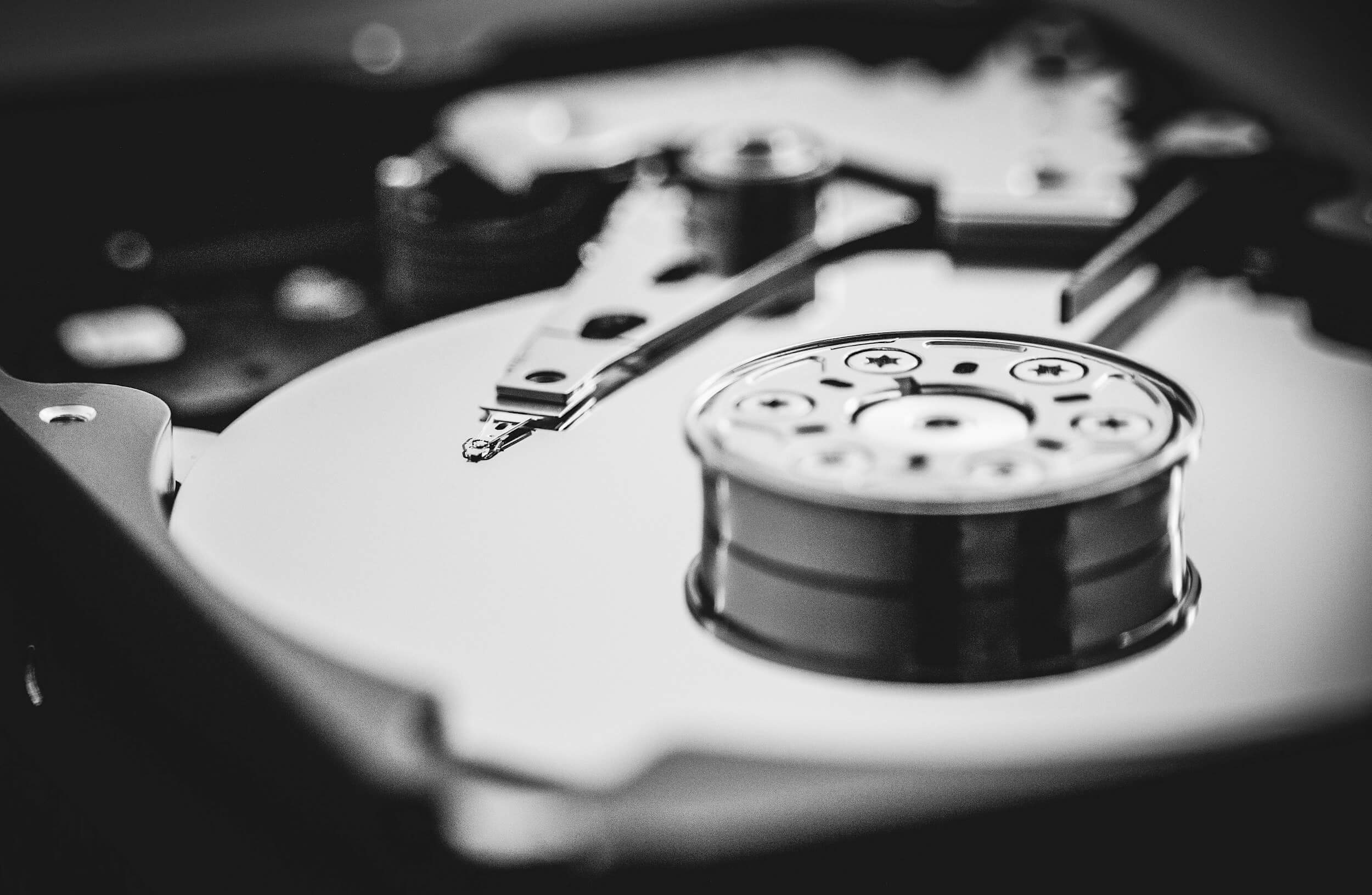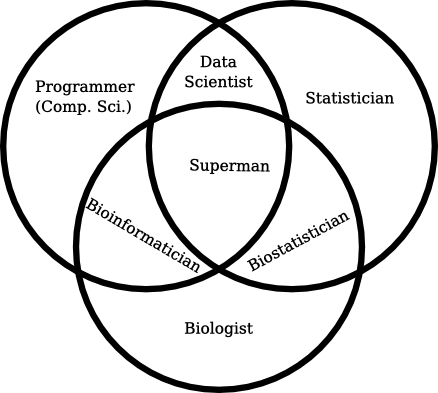All-optical HDD recording technology – let’s discuss what is holding back its development
In data centers, the most common way to store large amounts of data is HDD – magnetic disk drives, in which data is recorded using short, weak pulses of a magnetic field. Such storage systems are cheaper than solid-state storage systems and have more capacity.
At the same time, researchers and engineers continue to search for solutions to the problems of energy efficiency and data recording speed, possibly using alternative influences – for example, current or even light. A promising technology that can lead to a breakthrough in the creation of new devices, plus – to increase the performance of magnetic recording, this is the use of laser pulses – opto-magnetic recording.
Research in this area has been going on for over 20 years, but the question of the practical application of such a recording is still open. On the reasons for this, a physicist from ITMO University and P.I. AF Ioffe Alexandra Kalashnikova with colleagues from world universities spoke in the journal Physics Reports.

The birth of the concept
In 1996, a scientific work of French researchers was published in the journal Physical Review Letters, which showed that femtosecond laser is capable of very quickly – in fractions of a picosecond – reversibly destroying magnetization in ferromagnets without damaging the material. Further research stretched for more than ten years. Physicists have been trying to figure out if this phenomenon can be used to store data – not just destroy magnetization, but switch it.
The first successful experiment in this direction was made in 2007 – about this there was material on Habré. A group of physicists from the University of Nijmegen in the Netherlands managed to switch the magnetization in a thin film of a metallic ferrimagnet by rapidly heating it with a femtosecond laser – the flash duration was only 40 femtoseconds.
In this case, no magnetic field was used. This process is called all-optical switching of magnetization and made it possible to increase the data recording speed by at least an order of magnitude. This experiment led to the emergence of many questions, ranging from fundamental (“how does it work” – disputes are still going on!), Is this the only way to optically switch magnetization (the answer is no, and we talk about this in the review). Also, many practical questions arose about the limiting density of such a recording, about the restrictions on the types of materials for optical switching of magnetization, about the requirements for the laser pulses themselves.
Density problems
By words Alexandra Kalashnikova, the laser beam can be easily focused into a spot with a wavelength of about 500 nm, but this is not enough to write data to a hard disk, where the storage area rarely exceeds 10 nm: “This problem can be overcome with the help of fields of knowledge such as photonics and plasmonics. It is possible to focus the light in small sizes. Strong focusing of laser radiation is already being implemented in HAMR technology. “

Technology HAMR – Heat-Assisted Magnetic Recording – combines the concepts of magnetic and laser recording. At the time of recording, the surface of the magnetic disk is heated for a short time using a light beam, reducing coercivity magnetic material, which allows switching the magnetization with a relatively weak field pulse. As the material cools down, the magnetization-switched region is very stable. This allows you to reduce the size of the area storing the data bits without the risk of losing them due to random fluctuations.
The first such devices are already entering the market – two drives this year promises to release Seagate. Such products can become a transitional stage before the appearance of full-fledged laser HDDs.
If you give up magnetic materials
For a long time, along with magnetic recording technologies, development has been going on ferroelectric records. A ferroelectric is a material in which spontaneous electrical polarization exists in the absence of an external magnetic field. Its direction can be switched, for example, by applying an electric field. In this, ferroelectrics are very similar to magnetic materials.
One of the problems with ferroelectric memory, which is absent in magnetic memory, is fatigue. Multiple switching of electrical polarization can destroy the ferroelectric and reduce the magnitude of electrical polarization. Another difficulty is the need to create special contacts for changing (writing) and reading the state of electric polarization.
Can laser pulses solve some of these problems? Since a ferroelectric is in many ways similar to a magnetic material, can we implement all-optical switching of ferroelectric polarization with a laser pulse?
It turned out that this is not so easy. The analogies between magnetic and ferroelectric materials come to an end very quickly, as soon as we begin to understand the interaction of laser radiation with these materials and consider how magnetization and ferroelectric polarization change under laser action. The first report on the short-term switching of a ferroelectric by a laser pulse in an experiment appeared only in 2017, after 10 years after switching magnetic material.
Alexandra Kalashnikova says that the solution to the problem of optical data recording in the future can be multiferroicscombining the properties of a magnetic and ferroelectric material. However, work in this direction is just beginning.
Now engineers and scientists have a choice of directions – new materials, laser technologies, fundamental principles of optical switching of magnetic and other materials. ITMO University students and professors are involved in developments in these areas. Several years ago they offered and analyzed the theoretical possibility of increasing the recording density on a ferromagnet by a factor of 10–15. In the future, the technology will increase the efficiency of data storage on the HDD, and will allow the creation of new transistors, logic elements and memory cells.
Additional reading in our blog on Habré:
AI systems in management, climate change, science meetups and competitions for scientists
What projects is being prepared by the youth robotics laboratory: podcast “ITMO Research_”
Podcast: An Interdisciplinary Approach to Development in Robotics and Biomechatronics





